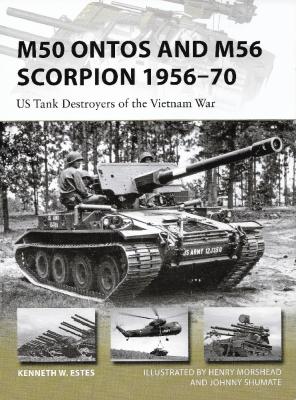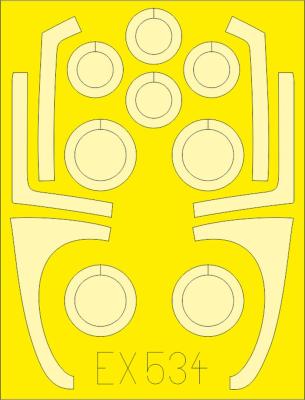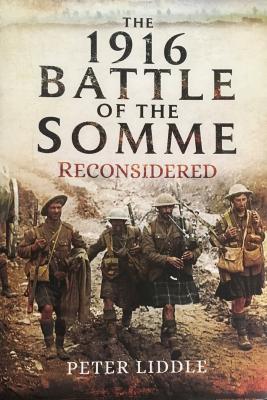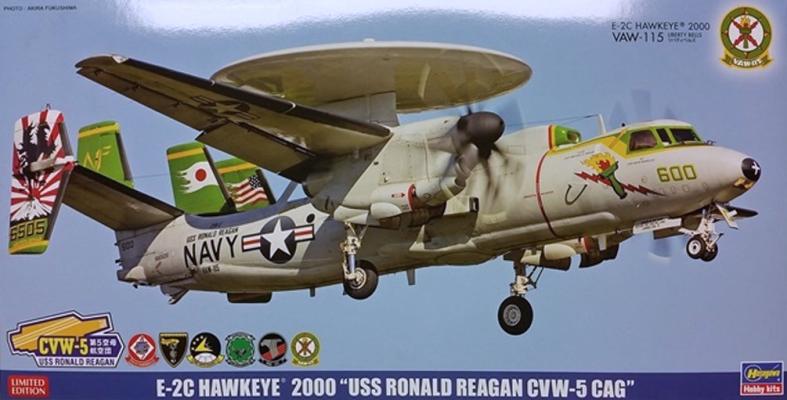This set provides a replacement pitot tube for the Trumpeter Su-24 Fencer kits. The set includes two brass parts and one resin part. The brass parts provide the circular tubes of the front and back of the pitot tube and the resin part replicates the fine vanes and protrusions commonly seen on Soviet pitot tubes.
The packaging for the set is really well thought-out as the brass parts are in separate pockets from the resin part and the resin part is contained in a small foam square that is lined with good sticky tape on the back side to keep the resin part from floating around, which is good as the resin parts are very delicate.















